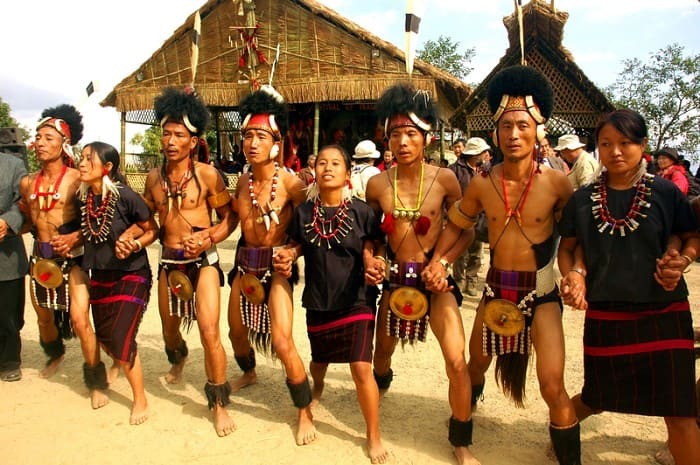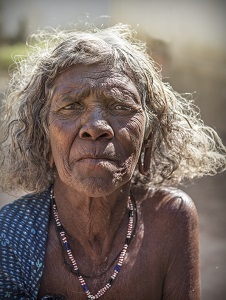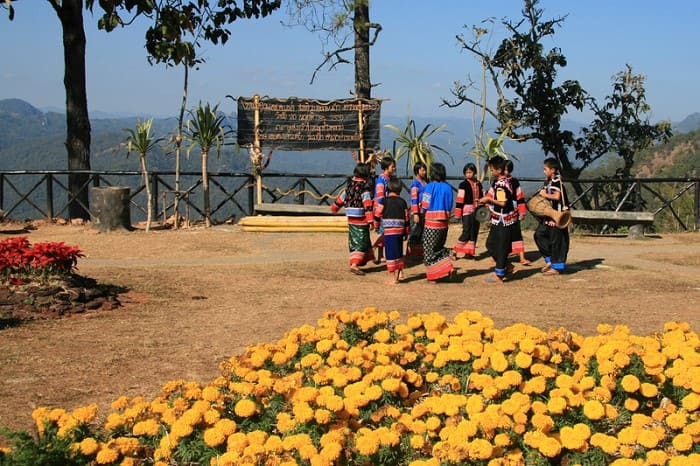

Tribes are indigenous people in an area, who live in a certain state or area apart from the rest of the population. They deviate in religion, economy, social and cultural dialects. In India, tribes are found in Andhra Pradesh, Madhya Pradesh, Rajasthan, Bihar, Bengal, Chhattisgarh, Gujarat, Maharashtra, and Karnataka. There are around 645 tribes in India.

People performing at the hornbill festival. In every year the 1st week of December the great Hornbill festival in India’s northeast state at Nagaland is celebrated.Hornbill Festival is an annual cultural extravaganza celebrated by the tribal people in the state of Nagaland in India.During the event, Naga artists present their traditional arts in the form of paintings, wood carvings and sculptures. The Festival aims at sustaining, reviving, and protecting the richness of the Naga culture and heritage.
Caste and tribe conflict in India is for social justice and equality. India is a land of diversity. Here people live in different castes and tribes. They have different social, economic and cultural diversity. In India where most of the castes have the right to education, food, electricity, water, etc. There are still some tribes which lack these basic facilities and democratic rights. They hardly have any means of transport, education, health facilities etc.
Tribal tourism creates economic opportunities for tribes but also causes physiological consequences for exploitation, Shock, and demoralization.

Tribal People live within a definite terrain.
They have a sense of Unity in times of peace and war.
They marry in their tribes only not in outside terrain.
Furthermore, they communicate in their language.
They always need protection from intrusion, and for this, they have a common political authority that directs plans at the time of the problem.
They have a common culture that brings a sense of unity and homogeneity.
Their social organisation is based on egalitarian principles means both men and women enjoy the same social status.
Tribes in India are laid out in ⅔ of length and breadth. They mainly spread in five state Madhya Pradesh, Bihar, Orissa, Gujarat, and Maharashtra. Dr B. S. Guha has divided India into three Tribal zones.
The North and North-Eastern Zone − It comprises Eastern Kashmir and Punjab, Himachal Pradesh, Northern UP, Nagaland, and Assam.
The Central and Middle Zone − It comprises Bihar, Southern UP, Bengal, Madhya Pradesh, Southern Rajasthan and Orissa.
The Southern Zone − It comprises Tamil Nadu, Karnataka, Kerala, and Andhra Pradesh.
Tribes are classified based on two traits;
Permanent traits include linguistic, ecological, regional and physical characteristics.
Acquired traits include food collectors, farmers, planters, industrial workers, fisheries etc i.e. based on the source of livelihood.
Another classification is based on three bases; Geographical, Language and Race/ cast based.
On a Geographical basis: There are three main zones.
North-North Eastern Zone − Aka, Mishimi, Naga, and Chulikata are some tribes of this zone.
Central Zone − Kondh, Bhil, Santhal, Muria, and Gond are some largest tribes of this zone. They comprise 85% of the total Indian tribes.
Southern Zone − They have Nicobarese, Jarawa, and Andamanese tribes.
Based on Language − There are three types.
The Sino-Tibetan − These are found in the North, and north-eastern zone. In Assam there is an exception, they speak the Austric language. Ex: Bhutia, Toto, Naga, Abor, Rabha, Lepcha, Mru, etc tribes.
The Austric − It is spoken in the Central region by Kond and Gond tribes.
The Dravidian − It is spoken in the southern region. Ex: Kurukh, Bhatra, Dorla Dhuru, Kota, Chenchus, Gondi, tribes etc.

Description: The Karen are an ethnolinguistic group of Sino-Tibetan language-speaking peoples. The group as a whole is heterogeneous and disparate as many Karen ethnic groups do not associate or identify with each other culturally or linguistically. These Karen groups reside primarily in Kayin State, southern and southeastern Myanmar. The Karen, approximately five million people, account for approximately seven per cent of the Burmese population.[8] Many Karen have migrated to Thailand, having settled mostly on the Thailand–Myanmar border. A few Karen have settled in the Andaman and Nicobar Islands, India, and other Southeast Asian and East Asian countries.
Based on Race: These are three types.
The Mongoloid − They belong to the North and North-Eastern zone of the mangoloid race.
The Australoid − These belong to the central region of the country.
The Negrito − These belong to the Southern and Andaman region.
Tribals in India lack basic education if available then lack infrastructure and sanitization.
Deprived of Natural Resources − Due to industrialization, tribal communities are deprived of natural resources and their cultural moorings.
The drawback of Health and Nutrition − Tribal communities face a lack of nutrition and face health issues due to backwardness and poor livelihood.
Extinction of Tribal dialect, culture, and Identity − due to a lack of resources and proper laws, the tribals face conflicts with modern society. Hence, facing an identity crisis, extinction of dialects, etc.
Displacement of Tribal Communities − The government starts new projects like steel and power plants and replaces the tribal communities from their territory to other places.
The government had made special provisions in the 5th and 6th schedules of the constitution for safeguarding the rights of tribal communities.
The 5th schedule provides to set Tribe's Advisory Council in the Scheduled area of each state.
The tribes are included in the term “Scheduled Tribes” in the constitution in Article 342(i).
There is a special provision for the advancement of scheduled tribes in Article 15 (4) educational and cultural protection.
There is also a provision of protection for Scheduled tribes in Article 29.
Article 46, is a provision that states protect their educational, and economic rights and social injustice.
Article 350 of the Constitution has provisions to protect the language, culture, and scripts.
Article 275 of the constitution provides special funds to aid the well-being of the administration.
Article-330, Reserves the seat for Scheduled tribes in Lok Sabha, Article-332 for Rajya Sabha, and Article-243 for Panchayats.
Tribes are indigenous people who live in a certain state or area that is apart from the rest of the society. They have some characteristics like having a distinct culture, shyness to be in large communities, geographically isolated and backward. Some popular tribes in India are the Bhils of Rajasthan, Gonds of MP, Munda of Bihar and Chhattisgarh, Santhal, Toto, and Bodo, etc.
Q1. Where Bhil Tribes found, their language?
Ans. Bhil's tribes are grounded in the mountain ranges of some districts of Rajasthan. It is the largest tribe in India. They speak “The Bhilli” language.
Q2. What are the popular tribes of Maharashtra?
Ans. Popular tribes found in Maharashtra are Gond, Katkari, Rathawa, Warlis, Dhodia, etc.
Q3. Who is the first President of India from a tribal background?
Ans. India’s 15th President Droupadi Murmu is the first President of India from a tribal background.